Mouse CXCL1/KC ELISA Kit
$299.00 – $419.00
ELISA Kit Detail Information
| Related Target | |
|---|---|
| Species | mouse |
| Sample Type | Serum, plasma, cell culture supernatant, and other biological samples |
| Sample Volume | 20 μL |
| Sensitivity | 0.47 pg/mL |
| Array Range | 31.25 pg/mL – 2000 pg/mL |
| Assay Time | 3.5 h |
| Recovery | 91% – 107% |
| Average Recovery | 98% |
| Intra Precision | 3.9% – 5.6% |
| Inter Precision | 4.4% – 5.9% |
| Plate | Detachable 96-well plate |
| Storage | If the reagent kit is unopened, it should be stored at 4℃. However, if it has been opened, the standard solution should be stored at -20℃, while the other components should be stored at 4℃. |
| Delivery | 4℃ blue ice transportation |
| Components | 96-well polystyrene enzyme-linked immunosorbent assay (ELISA) plate coated with anti-CXCL1/KC monoclonal antibody Mouse CXCL1/KC freeze-dried standard CXCL1/KC detect Antibody Standard Diluent Assay Buffer(10×) Substrate TMB Stop Solution Washing Buffer(20×) Sealing Film |
| Assay Principle | This kit utilizes the double antibody sandwich enzyme-linked immunosorbent assay (ELISA) detection technique.Specific anti-mouse CXCL1 antibodies are precoated on a high-affinity ELISA plate. Standard samples, test samples, and biotinylated detection antibodies are added to the wells of the ELISA plate. After incubation, CXCL1 present in the samples binds to the solid-phase antibodies and the detection antibodies. After washing to remove unbound substances, streptavidin-HRP labeled with horseradish peroxidase is added. After washing, a colorimetric substrate, TMB, is added and the plate is incubated in the dark for color development. The intensity of the color reaction is directly proportional to the concentration of CXCL1 in the samples. A stop solution is added to terminate the reaction, and the absorbance value is measured at a wavelength of 450 nm (with a reference wavelength range of 570-630 nm). |
Related Targets
CXCL1
CXCL1 Target Infomation Overview
- Target Symbol: CXCL1, C-X-C motif chemokine ligand 1
- Gene Groups: Chemokine ligands
- Alias: SCYB1; GROa; MGSA-a; NAP-3
- Previous Names: MGSA; GRO1; FSP
- Alias Names: melanoma growth stimulating activity, alpha; GRO1 oncogene (melanoma growth stimulating activity, alpha); fibroblast secretory protein; chemokine (C-X-C motif) ligand 1 (melanoma growth stimulating activity, alpha)
CXCL1, C-X-C motif chemokine ligand 1 Target Infomation by Species
- Human
- Mouse
- Rat
Human CXCL1 Target Information
- Target Symbol: CXCL1, C-X-C motif chemokine ligand 1
- Alias:
- C-X-C motif chemokine 1
- chemokine (C-X-C motif) ligand 1 (melanoma growth stimulating activity, alpha)
- fibroblast secretory protein
- FSP
- GRO-alpha(1-73)
- GRO1
- GRO1 oncogene (melanoma growth stimulating activity, alpha)
- GRO1 oncogene (melanoma growth-stimulating activity)
- GROa
- growth-regulated alpha protein
- melanoma growth stimulating activity, alpha
- melanoma growth stimulatory activity alpha
- MGSA
- MGSA alpha
- MGSA-a
- NAP-3
- neutrophil-activating protein 3
- SCYB1
- NCBI_Gene: 2919
- UniProtKB: P09341
Human CXCL1 Predicted Functions
Predicted to enable CXCR chemokine receptor binding activity and chemokine activity. Involved in antimicrobial humoral immune response mediated by antimicrobial peptide and killing of cells of other organism. Predicted to be located in extracellular region; specific granule lumen; and tertiary granule lumen. Predicted to be active in extracellular space. Biomarker of asthma; chronic obstructive pulmonary disease; common cold; cystic fibrosis; and hyperhomocysteinemia.
Mouse Cxcl1 Target Information
- Target Symbol: Cxcl1, chemokine (C-X-C motif) ligand 1
- Alias:
- fibroblast secretory protein
- Fsp
- Gro1
- GRO1 oncogene
- KC
- KC/GRO-alpha
- melanoma growth stimulatory activity
- Mgsa
- N51
- Scyb1
- NCBI_Gene: 14825
Mouse Cxcl1 Predicted Functions
Predicted to enable CXCR chemokine receptor binding activity and chemokine activity. Involved in positive regulation of hematopoietic stem cell proliferation; positive regulation of neutrophil mediated killing of fungus; and positive regulation of superoxide anion generation. Located in extracellular space. Is expressed in several structures, including gonad; liver; lung; nervous system; and retina. Orthologous to human CXCL2 (C-X-C motif chemokine ligand 2).
Rat Cxcl1 Target Information
- Target Symbol: Cxcl1, C-X-C motif chemokine ligand 1
- Alias:
- C-X-C motif chemokine 1
- chemokine (C-X-C motif) ligand 1
- chemokine (C-X-C motif) ligand 1 (melanoma growth stimulating activity, alpha)
- CINC-1
- cytokine-induced neutrophil chemoattractant 1
- Gro
- Gro1
- growth-regulated alpha protein
- platelet-derived growth factor-inducible protein KC
- NCBI_Gene: 81503
Rat Cxcl1 Predicted Functions
Enables chemokine activity. Involved in several processes, including neutrophil chemotaxis; positive regulation of ion transport; and response to amphetamine. Located in extracellular space. Biomarker of several diseases, including acute necrotizing pancreatitis; pneumonia (multiple); prostatitis; severe acute respiratory syndrome; and status epilepticus. Orthologous to human CXCL1 (C-X-C motif chemokine ligand 1); CXCL2 (C-X-C motif chemokine ligand 2); and CXCL3 (C-X-C motif chemokine ligand 3).

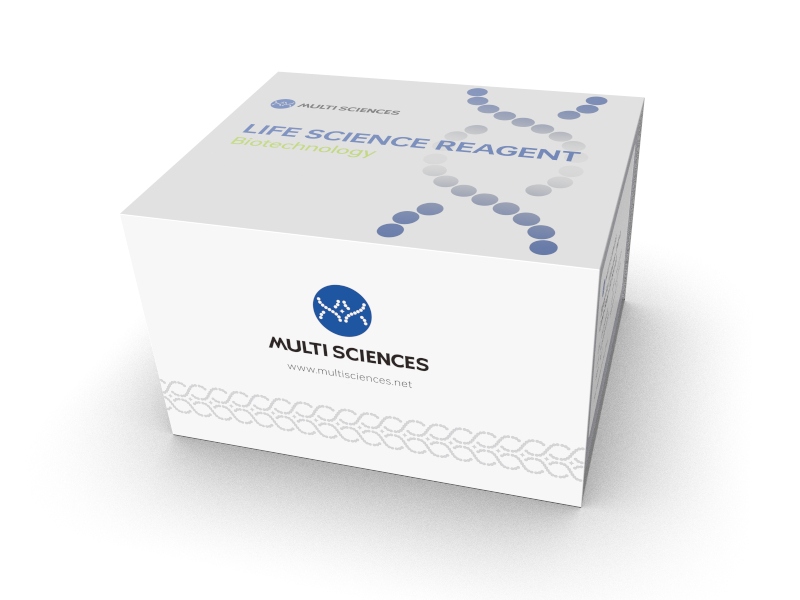
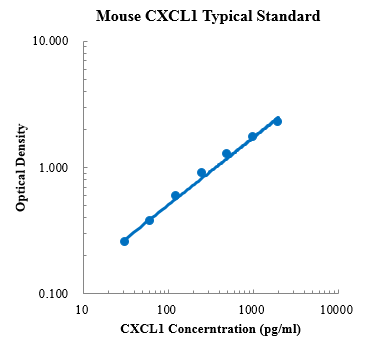
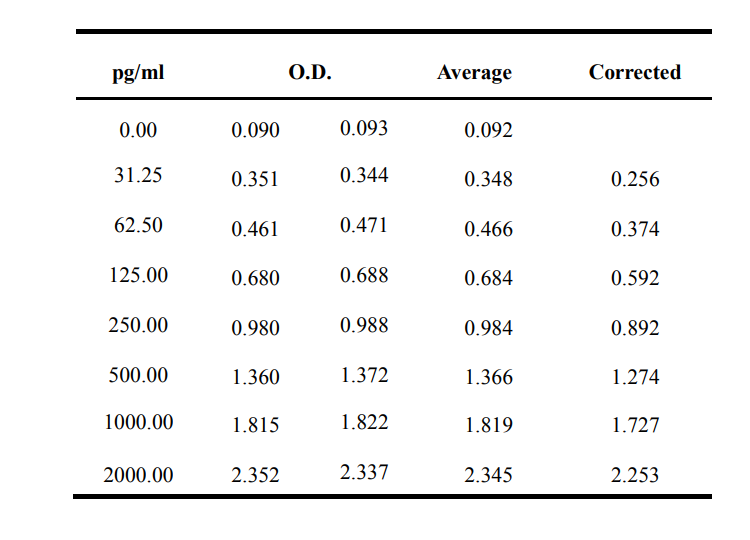
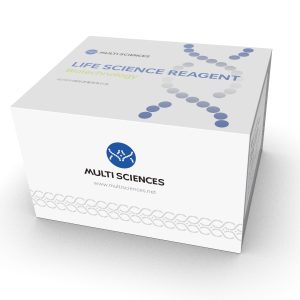

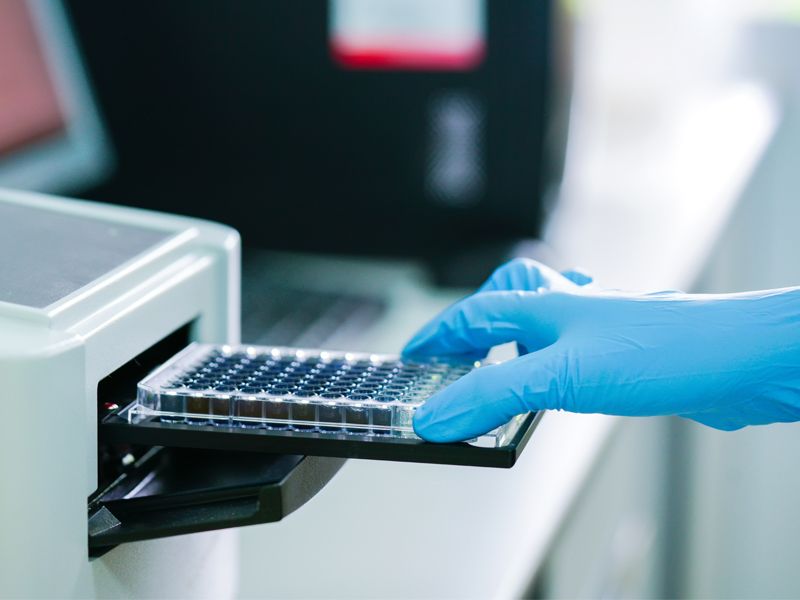
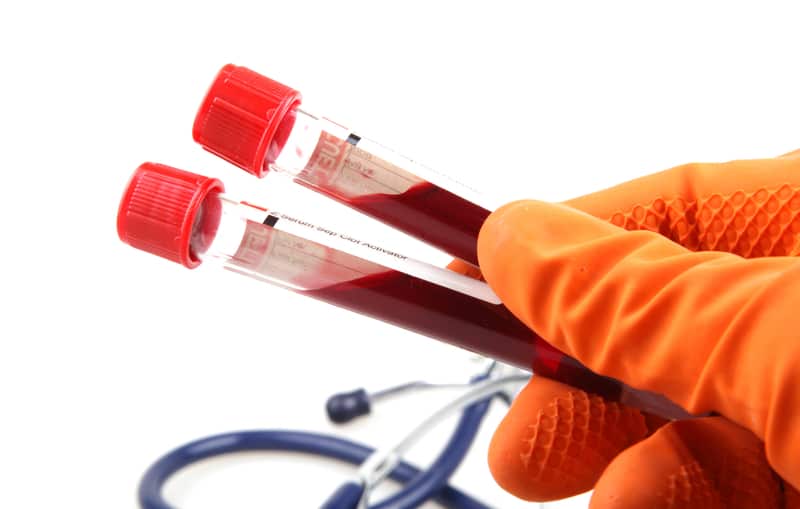
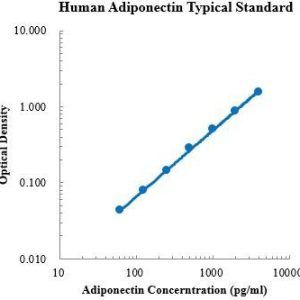
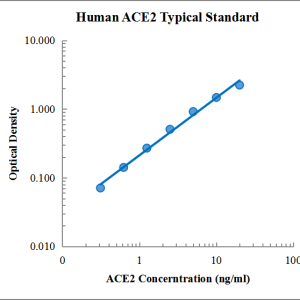
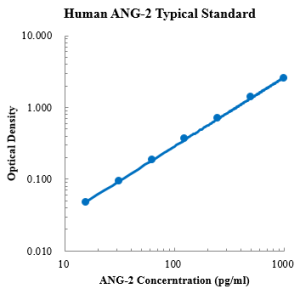
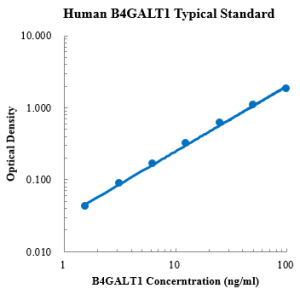
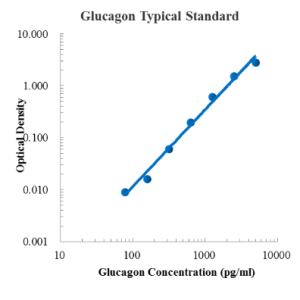
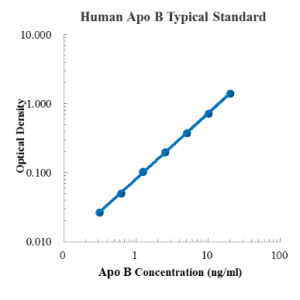
Reviews
There are no reviews yet.